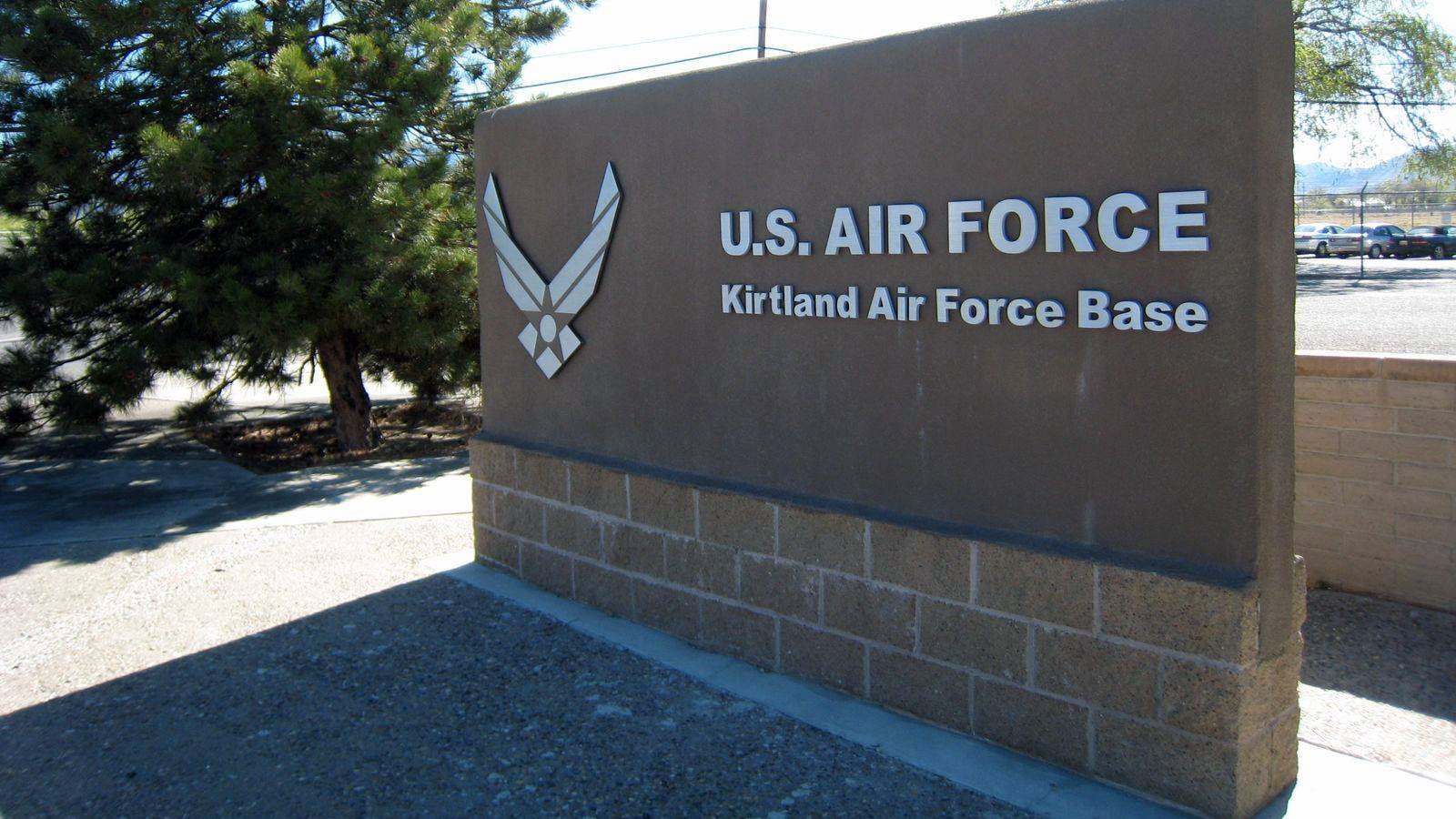ALBUQUERQUE, N.M. (AP) — The U.S. Air Force has spent years trying to keep a jet fuel leak from reaching Albuquerque’s drinking water supply and now says it has enough information to outline its work, paving the way to wrapping up the cleanup efforts.
Officials from Kirtland Air Force Base say they will spend the next several months to a year writing a report that they will submit to the New Mexico Environment Department. Once the state reviews and approves it, the base can make recommendations for a final cleanup.
“I do understand how long it looks to everyone else,” Kathryn Lynnes, who is overseeing the cleanup for the Air Force, said Monday. “We went after the thing that had the potential to get into the city wells and we grabbed it, and we’re working on the rest.”
The Air Force has spent $125 million cleaning up soil and water around the base that borders Albuquerque. The fuel leak — believed to have been seeping into the ground for decades — was detected in 1999 and attributed to a supply line break.
The Air Force’s assertion that there’s no risk to communities nearby hasn’t eased everyone’s concerns. A group of lawmakers, residents and nonprofit organizations asked a federal judge last year to enforce deadlines for the cleanup.
The judge dismissed the complaint in March, saying the court didn’t have jurisdiction over the matter. And even if it did, he would defer to state regulators overseeing the Air Force’s actions.
A state Environment Department spokeswoman did not immediately respond to requests for comment Monday.
The Air Force installed a pump-and-treat system in 2015 to keep the contamination from spreading toward drinking water wells. Of particular concern was the additive ethylene dibromide, or EDB, that was in the fuel. The effects on people haven’t been well documented, but the U.S. Environmental Protection Agency says animal studies indicate that chronic exposure may result in toxic effects to the liver, kidneys and reproductive organs.
Lynnes said the equivalent of 775,000 gallons of fuel has been removed from the water over the years, along with 5,000 tons of contaminated soil.
The state has up to nine months to review the report submitted by the Air Force. Once it’s approved, the military will start crafting recommendations on final cleanup plans, which again are subject to public comment and approval from the state.
Lynnes said the fix won’t be instantaneous and that the Air Force will continue monitoring more than 170 groundwater wells and some 270 soil vapor points.
“This is a super high priority for the Air Force,” she said. “I’m really confident we’re not going to have any funding issues.”





